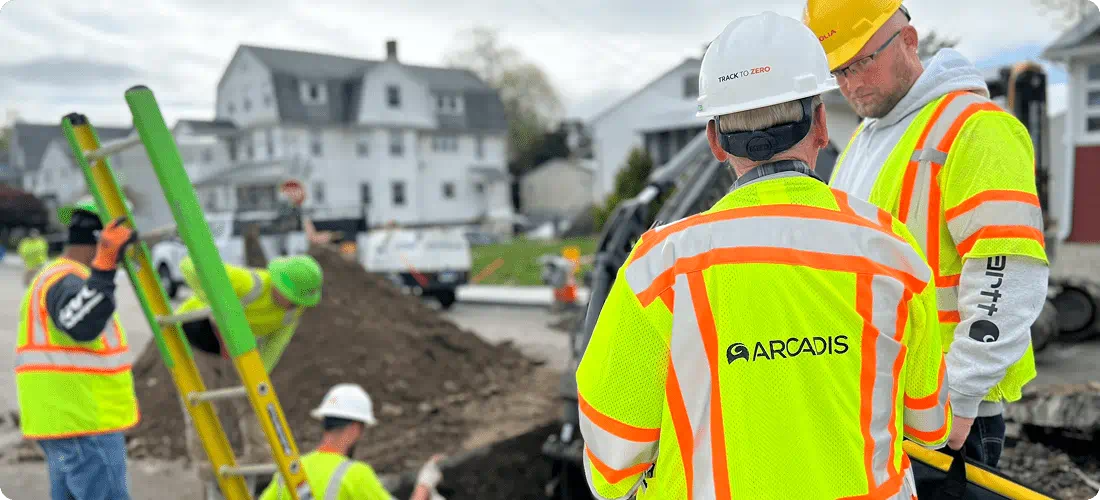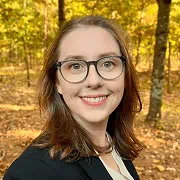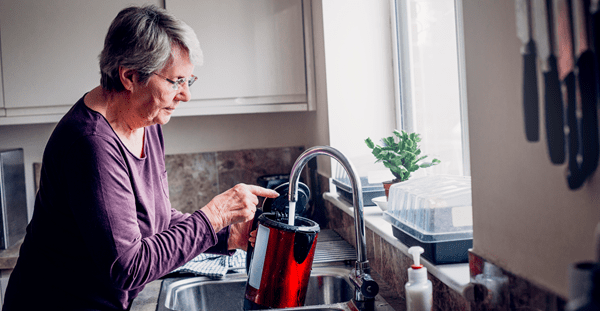We share key perspectives on preparing to meet EPA’s Lead and Copper Rule Improvements as water utilities figure out how to respond to overlapping regulations, a new administration, increased public awareness, and an uncertain funding landscape.
Over the past several years, the water industry has made significant strides in tackling the issue of lead in drinking water. Many utilities across the country now have a clearer understanding of the scale and presence of lead and galvanized service lines in their systems after submitting initial inventories in October 2024 as required by the Lead and Copper Rule Revisions (LCRR).
As water utilities work to comply with the regulations, state agencies are grappling with the implementation of two new versions of the rule. Some states have begun issuing guidance and offering technical assistance to support utilities in developing inventories and executing service line replacement projects. Partners like Arcadis are playing a key role in providing expertise and resources to help utilities move forward effectively.
Meanwhile, public awareness of the risks associated with lead in drinking water has grown significantly over the past decade. Last fall, millions of residents across the country received letters from their utility informing them about the materials used in their service lines and many will be wondering what comes next.
Uncertainty can shift our priorities and, at worst, breed paralysis, and there are a few notable sources of uncertainty surrounding EPA’s Lead and Copper Rule Improvements (LCRI) and its impact on water utilities:

From a policy perspective, if the lawsuit or administration cause a delay in LCRI, the requirements of the LCRR would still be in effect, and there is significant overlap between the two rule updates. For example, sampling provisions like the mandate to sample all elementary schools and licensed childcare facilities as well as first and fifth liter sampling at tier sites could be in effect immediately and many systems are not ready. In terms of funding, we may be looking at the tail end of one of the most significant increases in infrastructure investments in generations, and we can anticipate that resources for dealing with lead and galvanized service lines will likely decrease in 2027.
The LCRI compliance date (November 1st, 2027), is around the corner, which means we have some work to do. The train has left the station—we might not know exactly where it will stop next, but we should keep moving thoughtfully forward as regulations, organizational health, and public interest all require. In this post, we discuss key steps utilities can take this year to prepare for the years ahead, despite the unpredictable policy environment.






 Review impact/risk of the lowered AL (10 ug/L) as well as updated corrosion control treatment standards
Review impact/risk of the lowered AL (10 ug/L) as well as updated corrosion control treatment standards



